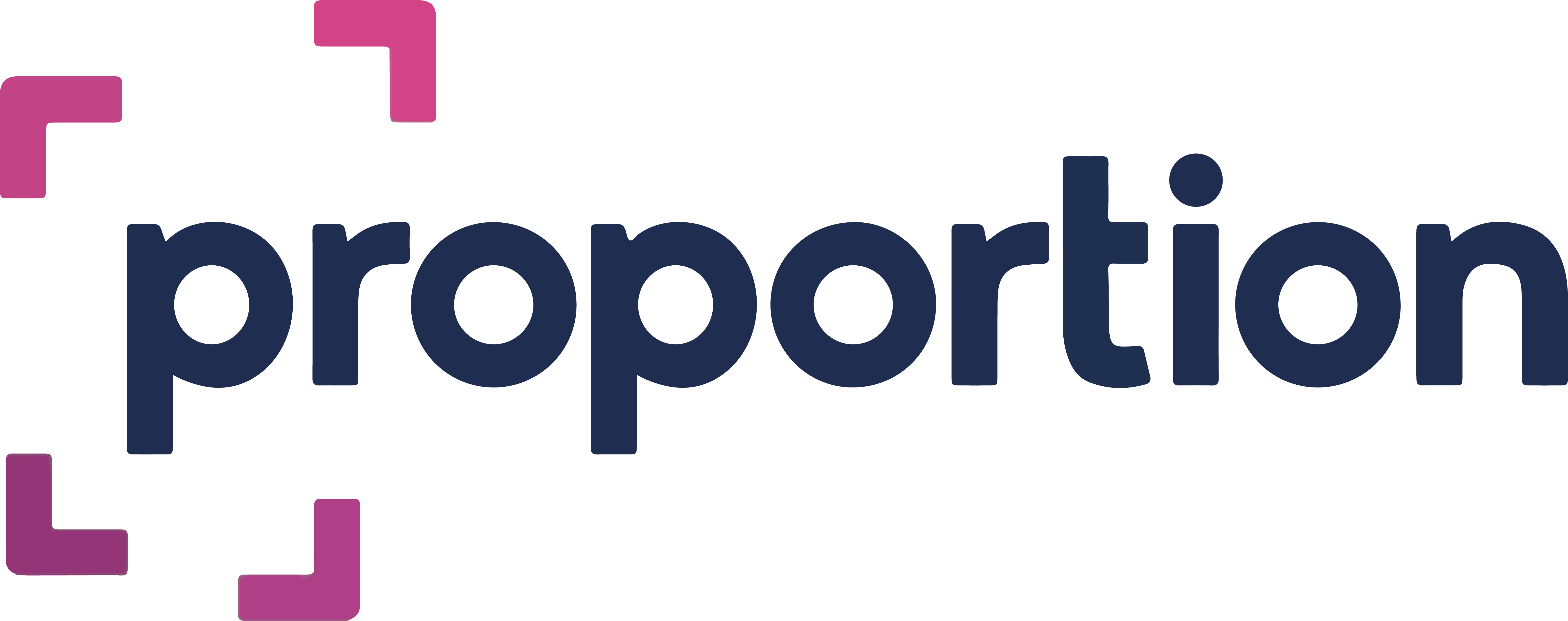
How might we integrate modern/technological and traditional/indigenous approaches to Disaster Risk Resilience to promote holistic and adaptable climate resilience for agro-pastoral communities?
Situation
Afghanistan, a landlocked country in South Asia with a dry, mountainous landscape, is the sixth most climate-vulnerable nation and among the least prepared for the climate crisis, according to the ND-GAIN Index. Despite local and international efforts, reducing disaster risk remains difficult due to several interconnected challenges. At the national level, disaster risk reduction (DRR) is often missing in vulnerable communities because of weak institutions, poor infrastructure, and limited funding. Where DRR exists, it is often ineffective due to low technical capacity, poor coordination, and environmental stress. Agro-pastoral communities face specific challenges. DRR is either not applied or is poorly implemented, sometimes in ways that do more harm than good. Globally, DRR in fragile and conflict-affected settings like Afghanistan receives little funding, and when funds are available, they rarely reach the communities most in need.
Assignment
The consultant was tasked with developing 3 to 5 paper-based prototypes that combine Indigenous knowledge and modern technology for disaster risk reduction (DRR), based on findings from desk research. These prototypes are intended for use with agropastoralist communities in contexts like Afghanistan, to explore specific questions around usability and desirability in a subsequent phase of the project. The consultant was expected to work closely with the Airbel User-Centered Design Advisor and the Airbel Climate Advisor to ensure the prototypes align with IRC’s vision and guidelines.
Approach
To address the assignment, I began with a comprehensive desk research and discovery phase. This included a literature review, stakeholder interviews, root cause analysis, and a review of the brainstorming deck. The goal was to gain a deep understanding of the project context, key stakeholders, field learnings, and the set of prioritized ideas identified for prototyping. Building on these insights, I developed a system/service map to show how the brainstormed ideas could integrate into different stages of a standardized Disaster Risk Resilience (DRR) protocol. This mapping helped visualize interdependencies, gaps, and the flow of activities. It also enabled me to generate targeted questions for each phase—such as existing solutions in use, stakeholders involved and their coordination, communication channels and preferences, and delays between stages. Next, I collaborated with the technical team to classify these questions into two categories: those with known answers and those requiring further exploration. Using this refined question set, I developed a list of five prototyping ideas, each tied to a specific DRR phase. I also designed a testing protocol and a set of follow-up questions aimed at assessing both the system-level effectiveness and the value of individual prototype ideas.

Results
The prototyping framework was designed to generate insights into the technical viability, financial feasibility, and stakeholder desirability of each proposed solution—laying the groundwork for field testing in the next phase.
This project was commissioned by Proportion Global for client, International Rescue Committee and performed by Sarayu, a member of the Proportion Global community. If you’ve enjoyed reading this case and want to dive deeper, we’d love to hear from you and we will connect you with relevant designers like Sarayu, who worked on this project Contact Us


Responses